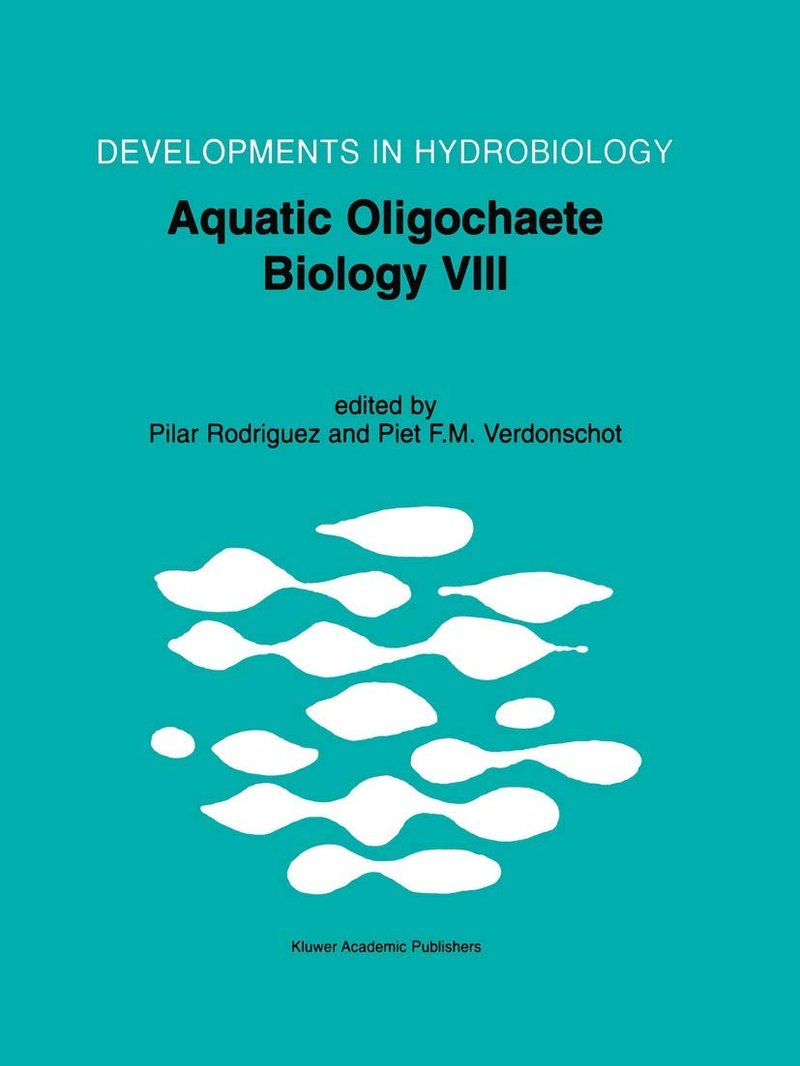
Honestly, if you’ve ever gone fishing or explored a pond, you might have seen these worms wriggling around without even realizing their importance. Think of them as nature’s unsung heroes—working behind the scenes to improve soil quality and contribute to aquatic food webs. Let’s dig a little deeper (pun intended) to understand how these creatures fit into our world.
What Are Freshwater Oligochaetes?
Freshwater oligochaetes belong to the class Oligochaeta, which includes segmented worms like earthworms and their aquatic cousins. They’re commonly found in muddy or sandy substrates in rivers, lakes, and ponds. You can often spot them by their elongated bodies, which can vary in size—from just a few millimeters to several centimeters long.
These worms have a unique way of swimming and burrowing. They can move through water by using a type of contraction in their muscles, much like how you might wriggle your body in a tight space. In the soil, they create tunnels that help aerate it, which is essential for plant roots, bacteria, and other soil-dwelling organisms.
You might be wondering why they’re called “oligochaetes.” The term comes from Greek roots meaning “few bristles,” referring to the sparse setae (bristle-like structures) they possess. This is in contrast to polychaetes, another class of worms, which have many bristles. Oligochaetes are simpler, but don’t let their simplicity fool you—these little guys are incredibly important to their environments.
The Role of Freshwater Oligochaetes in Soil Health
Let’s talk about soil health. Freshwater oligochaetes are vital players in this arena. As they burrow through the ground, they help create pathways for air and water to reach plant roots more effectively. This process enhances soil structure and can lead to improved growth for various plants. Think of them as little farmers tilling the land but in their own unique way!
Moreover, these worms contribute to the decomposition process. They feed on organic materials like decaying leaves and dead plant matter, breaking it down into simpler forms. This organic matter is vital for enriching the soil with nutrients that plants need to thrive. So, in a way, oligochaetes help recycle nutrients, making them available for new growth.
Another interesting aspect is their ability to filter water. As they consume organic material in their environment, they also help remove pollutants and excess nutrients from the soil. This filtration process is crucial in maintaining water quality, especially in freshwater systems that might be affected by agricultural runoff or other contaminants.
How Freshwater Oligochaetes Affect Aquatic Ecosystems
Moving on from soil, let’s dive into the aquatic ecosystem. Freshwater oligochaetes might be small, but their impact in water bodies is significant. They serve as a source of food for various fish and invertebrates. Imagine a food web where each layer depends on the other—oligochaetes are an essential link between the microscopic and the larger aquatic creatures.
The presence of these worms also indicates water quality. A healthy population of oligochaetes usually means the ecosystem is thriving, while a decline can signal pollution or other environmental issues. Scientists often use them as bioindicators, studying their populations to assess the health of freshwater habitats.
Oligochaetes are also involved in nutrient cycling in aquatic environments. They break down organic matter and release nutrients into the water, which can be used by aquatic plants and phytoplankton. This interaction supports the entire food web, from the smallest microorganisms to larger fish species.
Adaptations That Help Freshwater Oligochaetes Thrive
Like many organisms, freshwater oligochaetes have developed various adaptations to survive in their habitats. For instance, they possess a moist, slimy skin that facilitates respiration. Since they breathe through their skin, maintaining moisture is crucial for their survival, especially when they’re out of water.
Additionally, oligochaetes are able to regenerate lost segments of their bodies, which is a fascinating survival trait. If they lose a part of their body due to predation or environmental factors, they can regrow it over time. This ability not only helps them survive but also maintains their populations in the ecosystem.
Their reproductive strategies are also interesting. Oligochaetes are hermaphroditic, meaning each worm has both male and female reproductive organs. This duality increases their chances of reproducing, as they can mate with any other oligochaete they encounter. After mating, they produce cocoons that contain fertilized eggs, ensuring the next generation’s survival.
Human Impacts on Freshwater Oligochaetes and Their Ecosystems
While freshwater oligochaetes are resilient, they’re not immune to the impacts of human activity. Pollution from agricultural runoff, urban development, and industrial waste can harm their populations and, consequently, the health of the entire ecosystem. When nutrient levels rise too high due to runoff, it can lead to algal blooms that deplete oxygen in the water, making it uninhabitable for oligochaetes and other aquatic life.
Habitat destruction, such as the draining of wetlands for agriculture or development, poses another significant threat. These changes can disrupt the delicate balance of ecosystems, leading to declines in oligochaete populations. When they suffer, the ripple effect can harm the entire food web, impacting everything from aquatic plants to larger fish species.
Fortunately, there are efforts underway to protect freshwater ecosystems. Practices like sustainable agriculture, habitat restoration, and pollution control can help maintain healthy populations of oligochaetes. By understanding their role in the ecosystem, we can make informed choices to protect these vital creatures.
Why We Should Care About Freshwater Oligochaetes
You might be thinking, “Why should I care about tiny worms?” Well, here’s the thing: freshwater oligochaetes serve as a crucial part of our environmental health. They contribute to soil quality, water filtration, and nutrient cycling. Without them, ecosystems could struggle to maintain balance, leading to a decline in biodiversity and overall health.
We rely on healthy ecosystems for clean water, food, and even recreation. By understanding and protecting oligochaetes, we’re indirectly supporting the environment that sustains us. Every time we choose eco-friendly practices, we’re contributing to a larger cause—keeping our planet healthy for future generations.
In conclusion, freshwater oligochaetes might be small, but their impact is huge. They are vital for both soil and aquatic ecosystems, playing a role in nutrient cycling, food webs, and overall ecosystem health. By appreciating and protecting these incredible worms, we’re taking steps toward a healthier planet. So, the next time you come across a worm wriggling in the soil or water, remember that it’s not just a worm—it’s a key player in the circle of life.

